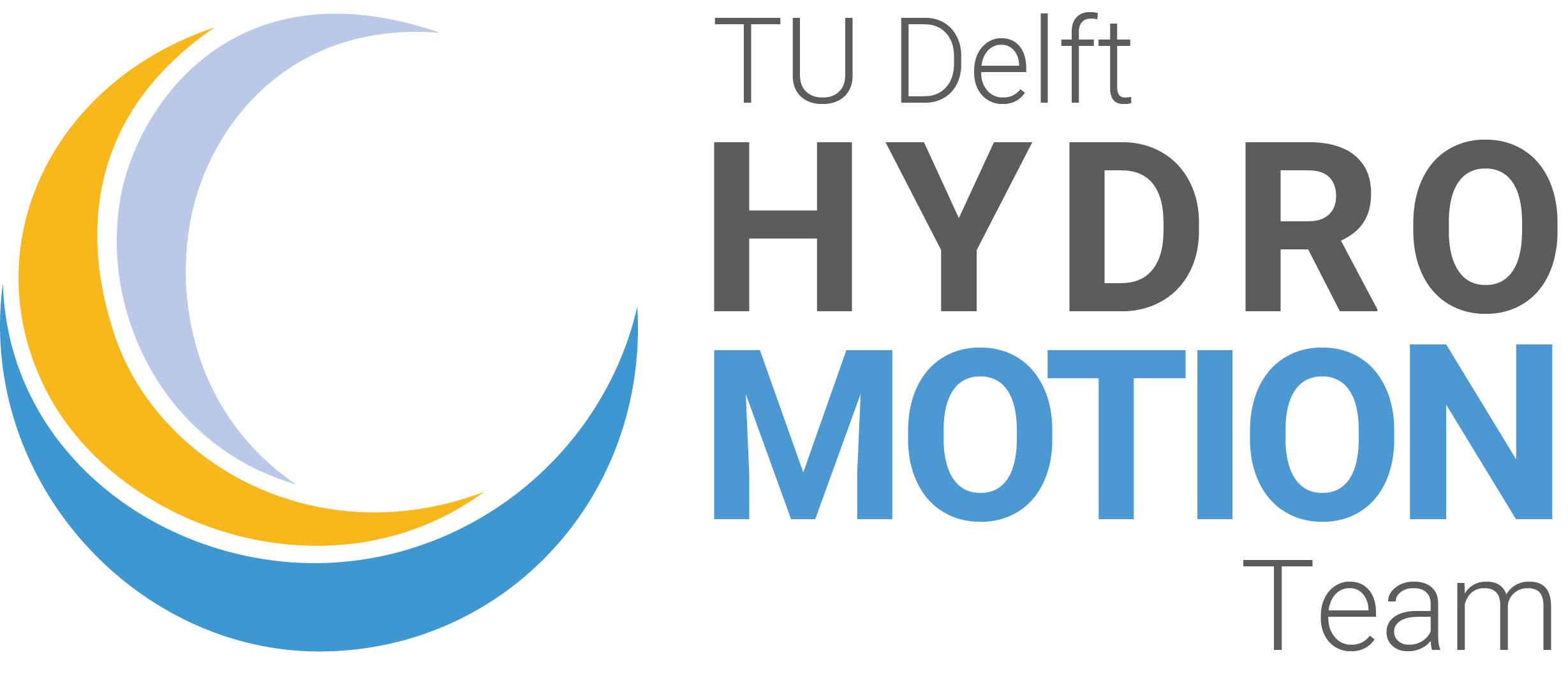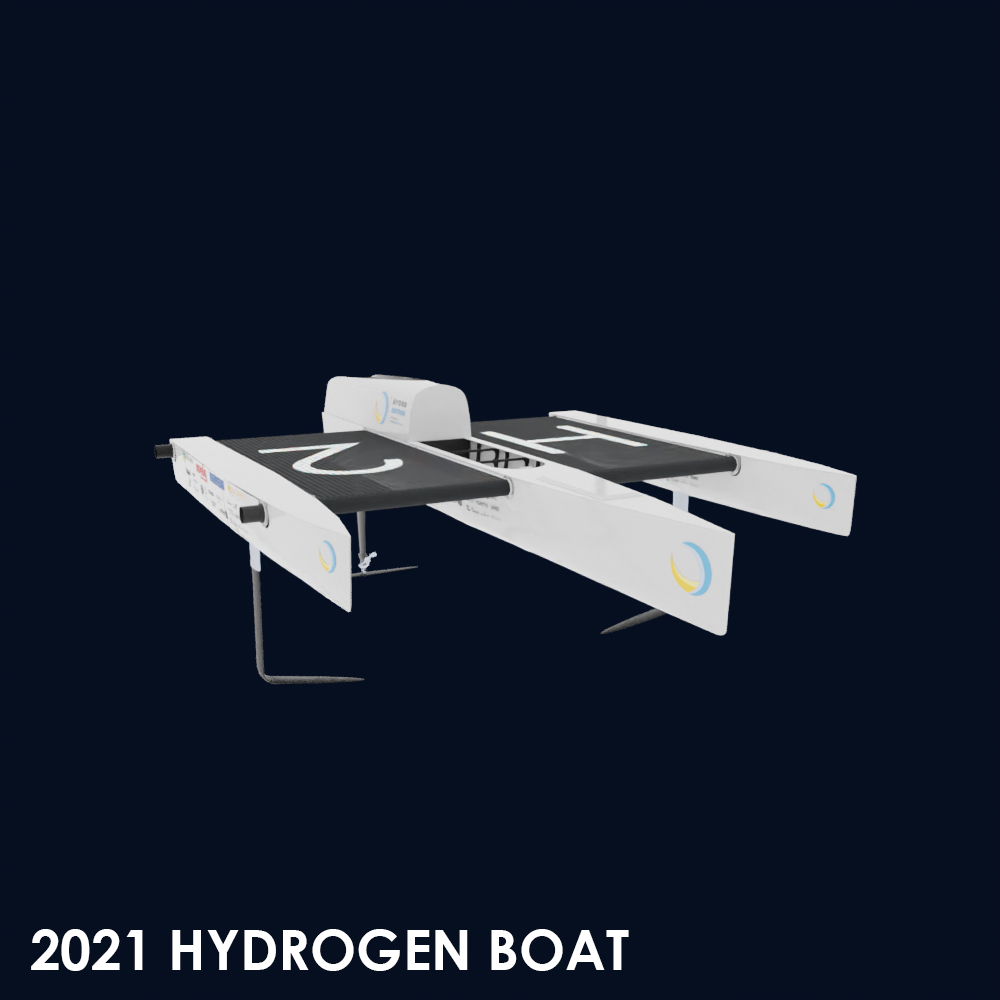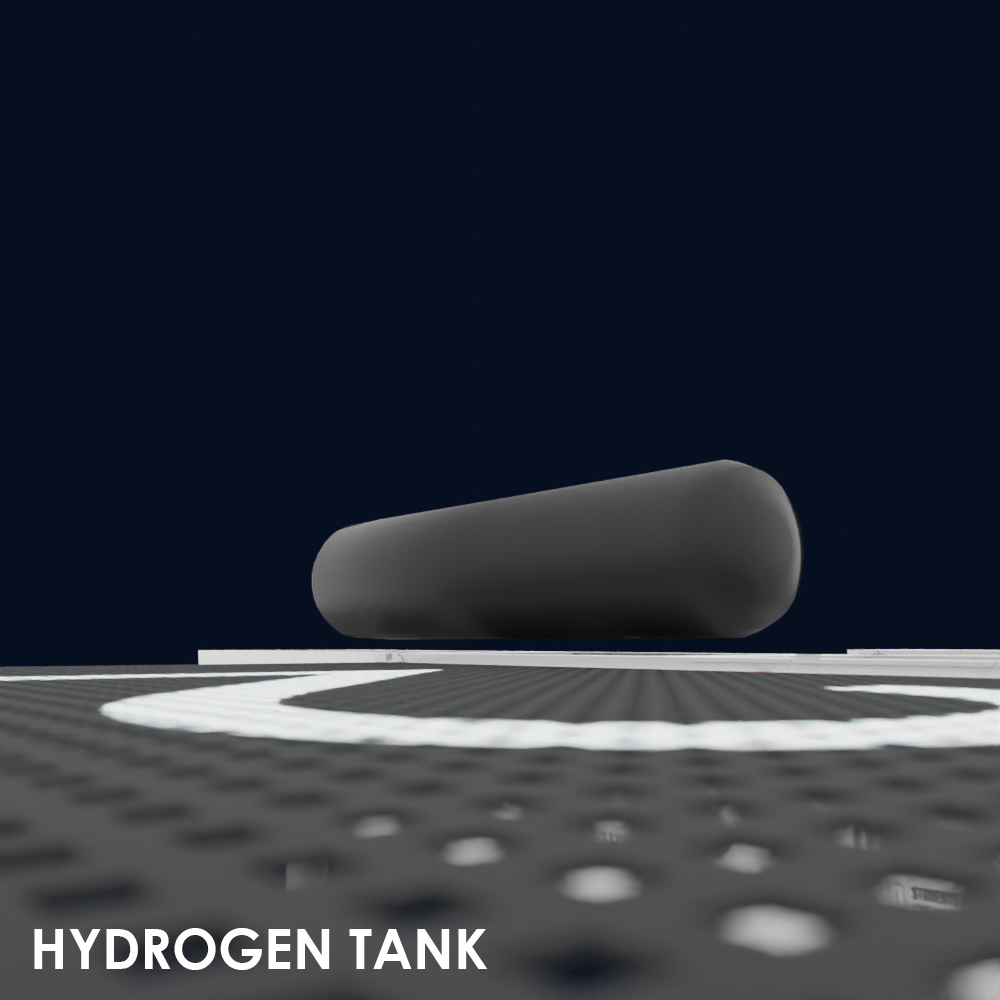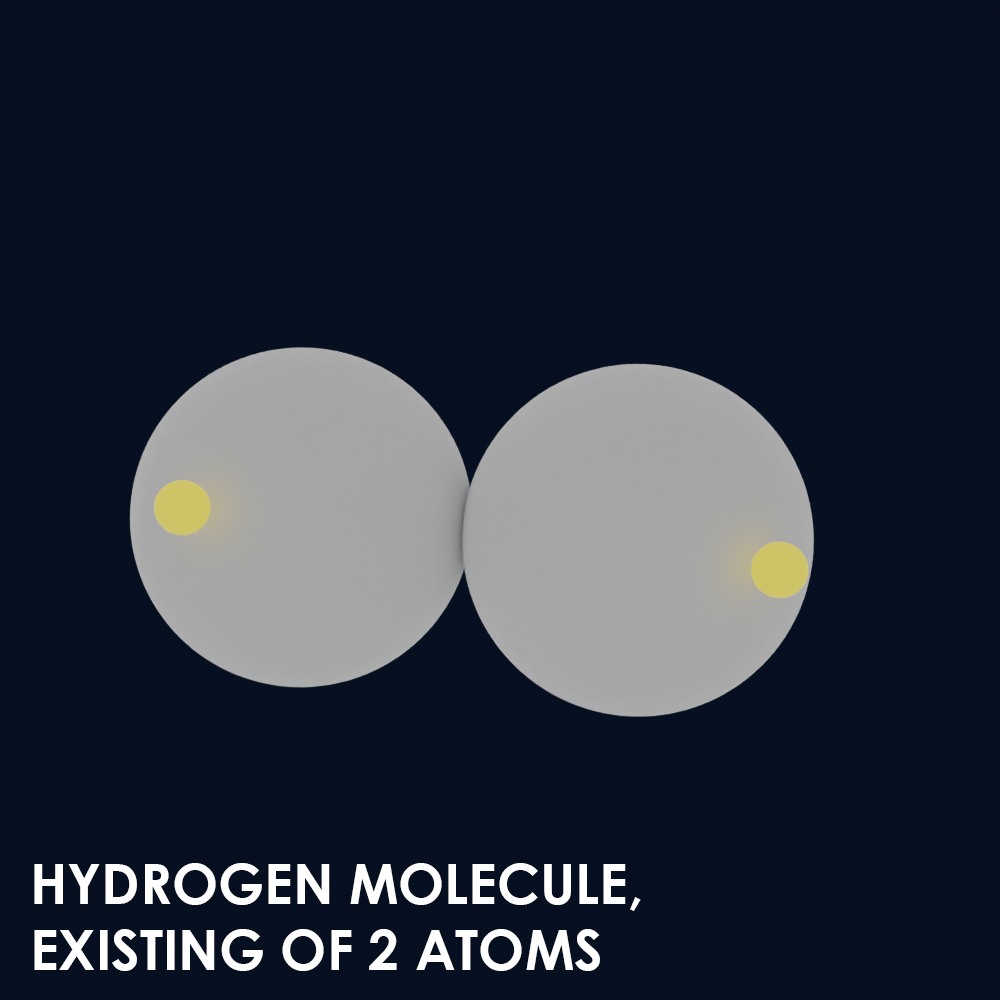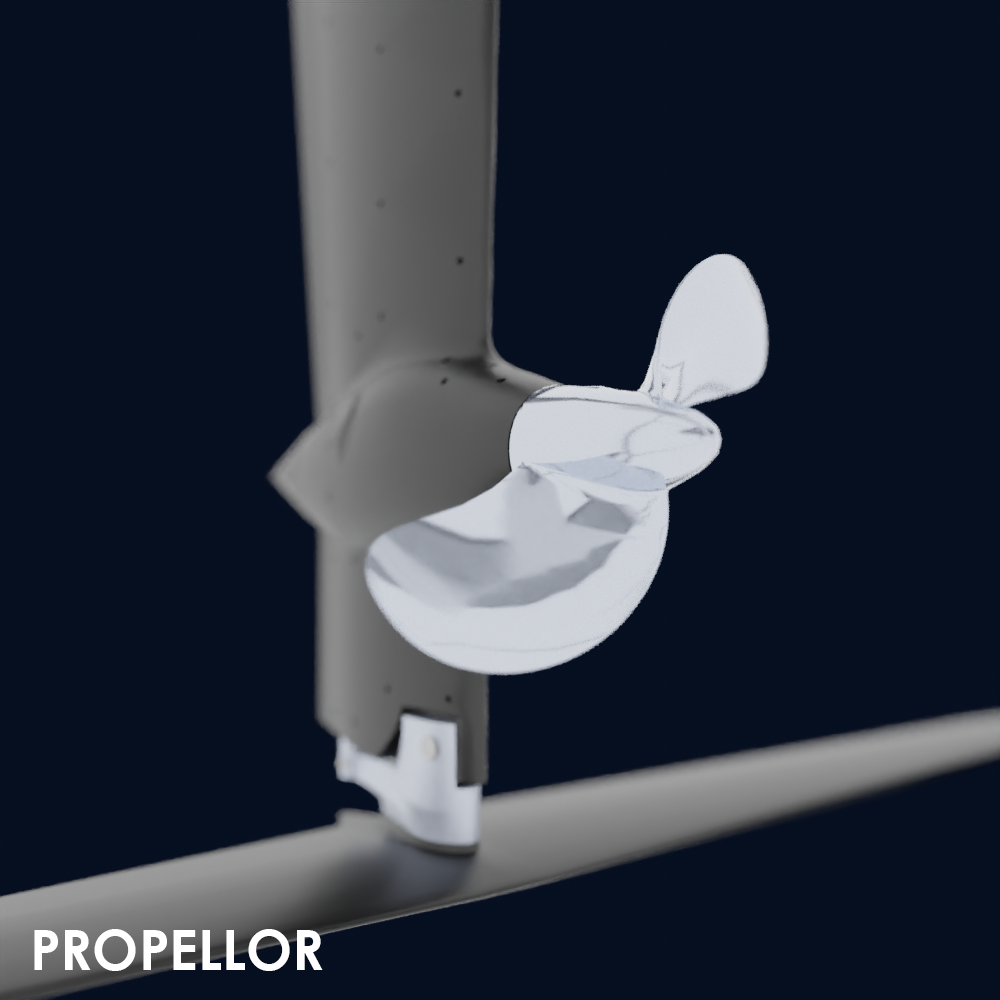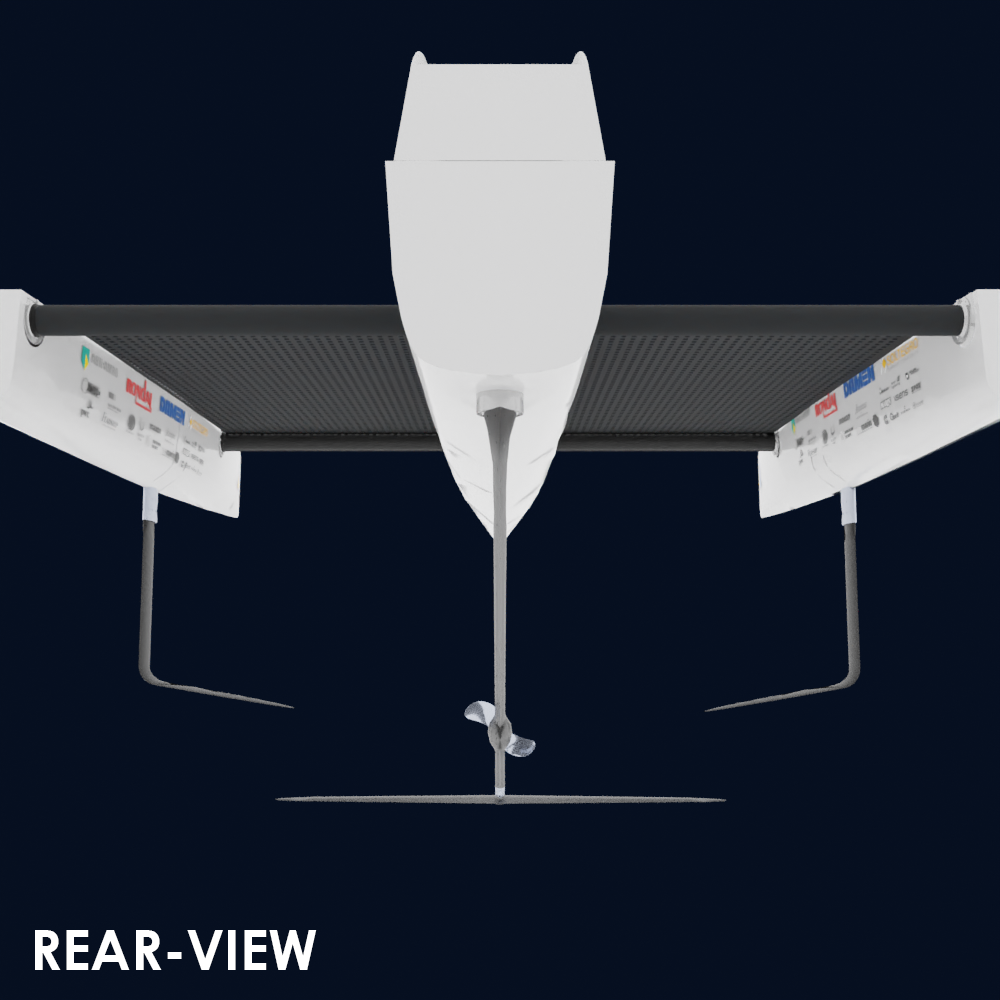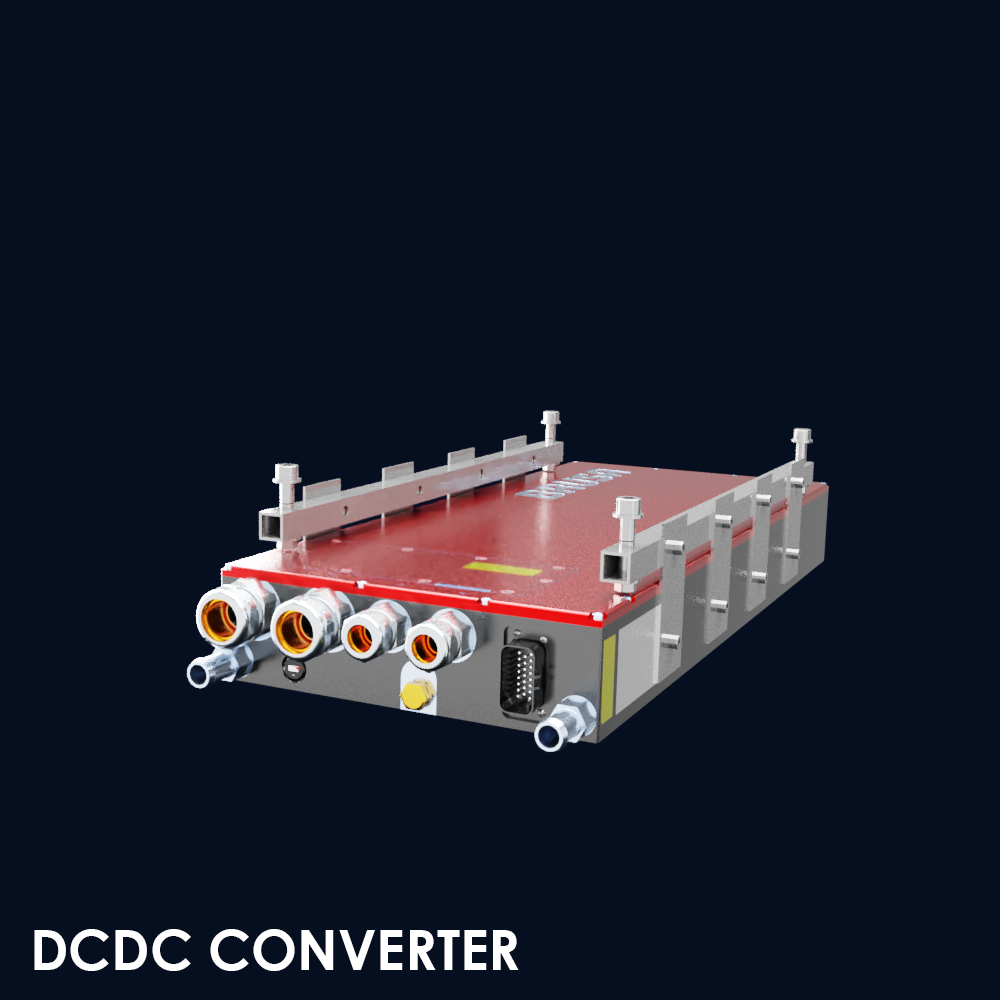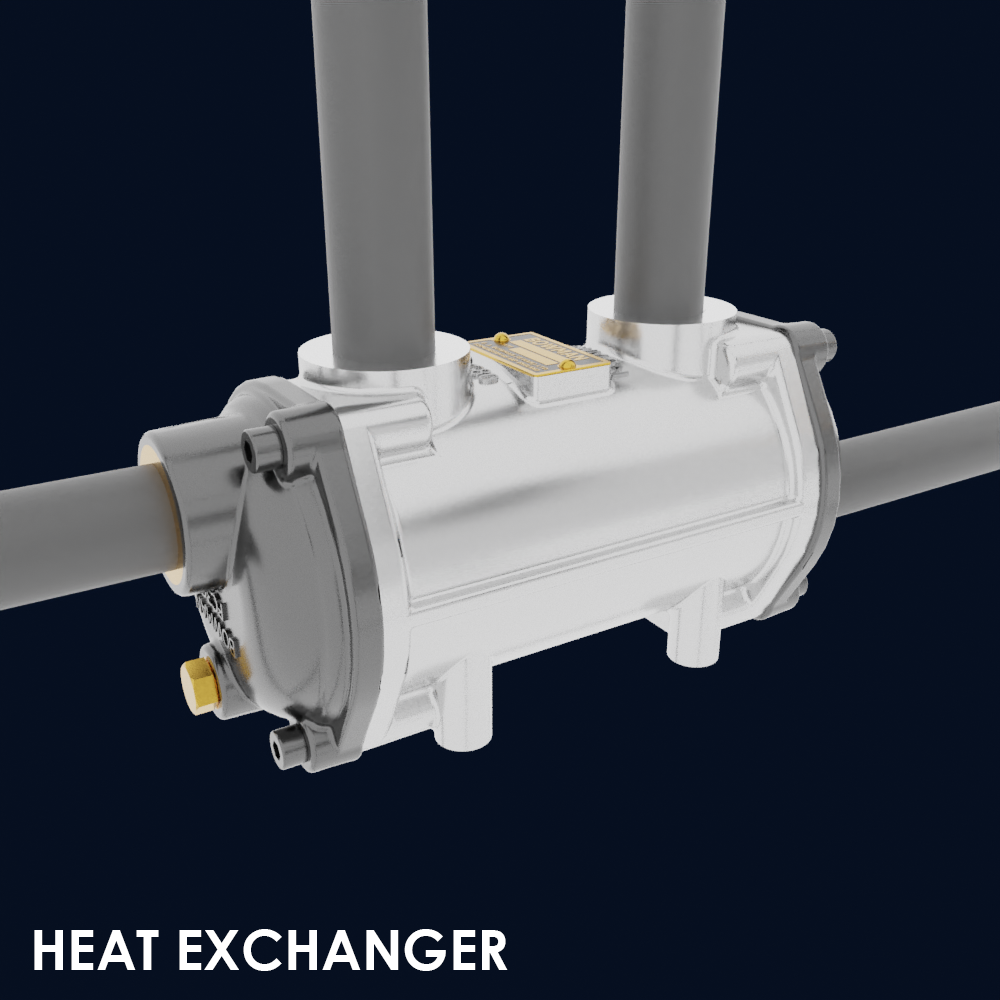Hydro Motion
For 15 years our boats have been successfully sailing on the power of the sun. This means 15 years of sustainable innovation and 15 years of inspiring the maritime sector. Last year the team chose a new direction, they took the next big step towards a sustainable maritime industry. They explored uncharted waters and worked on a project even more relevant; the Hydro Motion project. The team built a boat that sails on hydrogen. We will switch from generating energy with solar panels to storing green energy. Hydrogen is ideal for this purpose and has enormous potential.
This year, we will continue with the Hydro Motion project. We will again design, build, test and race a hydrogen-powered boat. We want to inspire the entire maritime industry by showing what is possible with hydrogen. Together we can take the necessary steps towards sustainable shipping.
We will build a new hydrogen-powered boat and again compete in the open sea class at the world championships next summer in Monaco. Here we can show what is really possible with green energy. We are, together with our whole team, very excited about this project!
Are you curious about the world’s first hydrogen boat? On this page, you can see the model of last year’s design. The layout of the print is for illustration purposes.
Why hydrogen?
With our project Hydro Motion we take the next big step towards a sustainable future and a green maritime industry. But why specifically do we use hydrogen to achieve this goal? Whether you believe in climate change or not, the supply of oil and gas will inevitably run dry. We need to use different approaches if we want to move towards a zero-emission future.
There are several options to generate green energy. But to complete the circle it is essential that we pay attention to the way we store this energy. Right now, there are two main choices when it comes to storing energy and powering electric transport: fuel cells or batteries. The industry won’t be able to solve it with just the batteries alone, because the demand of lithium is growing faster than the supply can satisfy.
This is why we focus on storing green energy this year. This can be done in batteries, as said before, but another good solution is hydrogen. Using hydrogen as an energy source has the benefit that it doesn’t produce carbon oxide and is a clean fuel. On top of that it has an energy density that is 235 times higher as lithium ion batteries and is very lightweight compared to batteries. This means that energy can be stored more densely, which is a huge advantage.
If we show what is possible with our boat we can prove the potential of hydrogen. By working together with the maritime industry itself we can inspire change. We are all part of the problem, which means we can all be part of the solution. Only by working together we can tackle the challenge of change!

